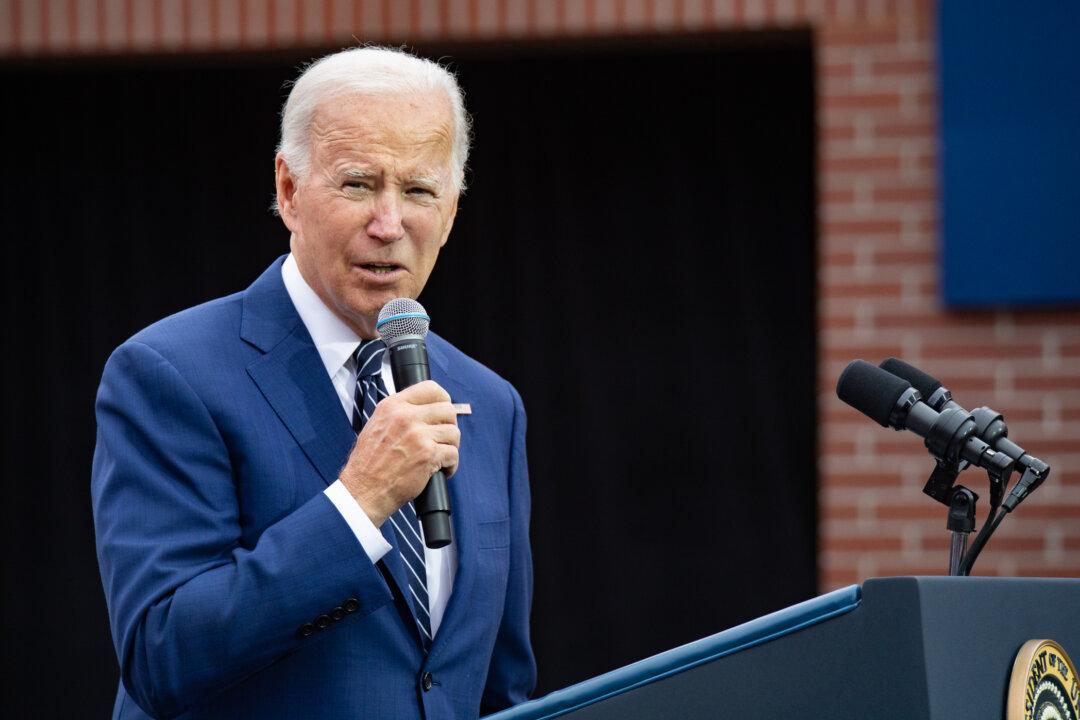The U.S. Environmental Protection Agency (EPA) has confirmed that it is drafting a plan to remove the caps on greenhouse gases from coal- and natural gas-fired power plants across the nation.
An EPA spokesperson told The Epoch Times that the agency has been reconsidering the Biden administration’s power plant emissions regulations, commonly referred to as “Clean Power Plan 2.0,” since March.
The Biden-era Clean Power Plan marks the third major attempt by the EPA to regulate greenhouse gas emissions from power plants. It follows the Obama administration’s original Clean Power Plan, which required power plants to shift toward lower-carbon sources of electricity.
“Many have voiced concerns that the last administration’s replacement for that rule is similarly overreaching and an attempt to shut down affordable and reliable electricity generation in the United States, raising prices for American families, and increasing the country’s reliance on foreign forms of energy,” the EPA spokesperson said. “As part of this reconsideration, EPA is developing a proposed rule.”
The spokesperson did not provide further details about the draft plan but said it will be released after an interagency review and once it is signed by EPA Administrator Lee Zeldin.
“President [Donald] Trump promised to kill the Clean Power Plan in his first term, and we continue to build on that progress now,” the spokesperson quoted Zeldin as saying. “We are seeking to ensure that the agency follows the rule of law while providing all Americans with access to reliable and affordable energy.”
The first Trump administration’s Affordable Clean Energy (ACE) rule formally rescinded and replaced the Obama-era regulation.
The only currently known technology capable of achieving such reductions is carbon capture and sequestration, which has not yet been deployed at that scale.
The rule quickly came under legal challenge from a coalition of Republican-led states, utility companies, and coal industry stakeholders. Critics said that carbon capture is not economically viable or technologically mature enough to be used at the nation’s roughly 200 coal plants. They also pointed to logistical problems, such as the extensive infrastructure needed to pipe captured carbon dioxide into underground storage sites that are located hundreds of miles from the plants.
“So this Court understandably denies the stay applications for now,” Kavanaugh wrote, adding that if the challengers lose at that level, they may again ask the Supreme Court for relief while appealing the case.
The D.C. Circuit has not yet issued a ruling on the merits of the case.







